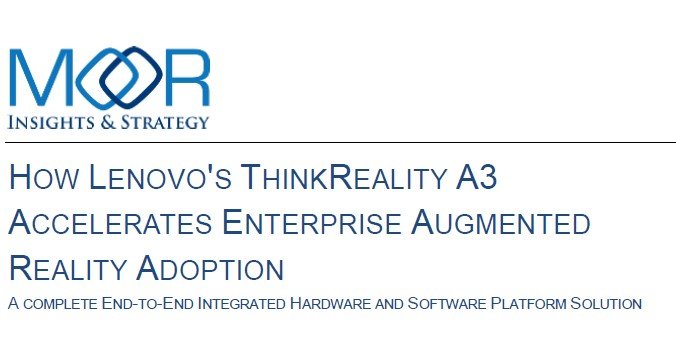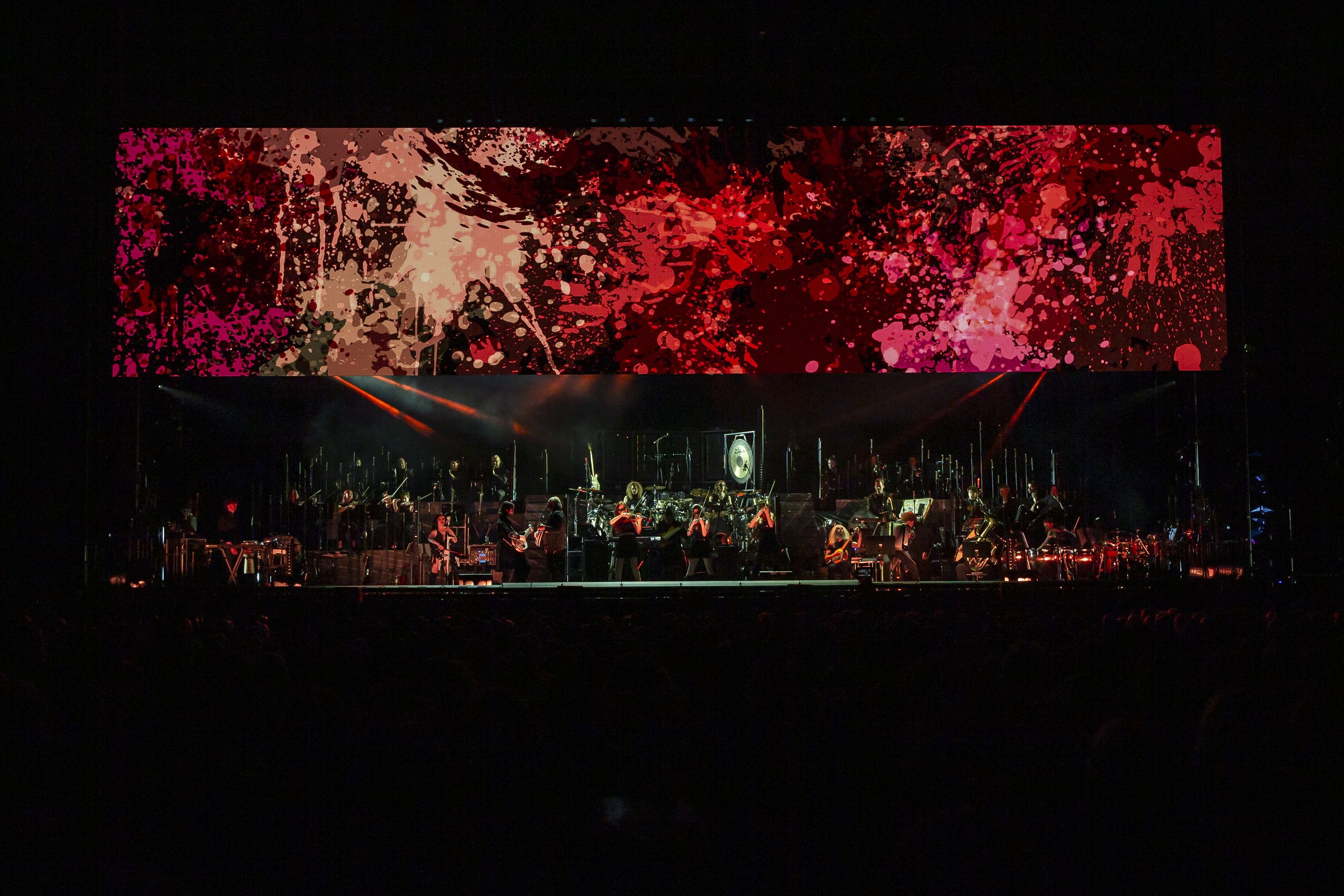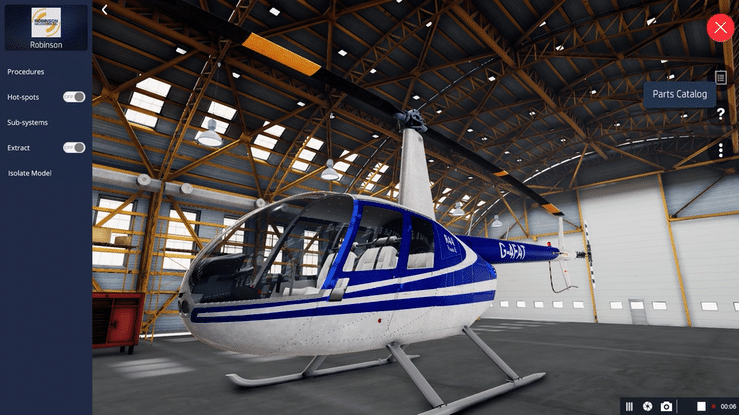Back in 2008, Shantanu Gupta and Payal Gupta were exploring how simulation technology can be used for industrial training and skill development beyond the aviation industry . After 2 years of research they developed India’s first driving simulator.
Today, their company, Tecknotrove Systems, is serving clients with state of the art Simulators and VR training solutions across industries like Aviation , Mining, Defence, Logistics, Automotive and Nuclear in more than 26 countries across the world.
In this interview with Sarada Vishnu from MotorIndia, Founders of Tecknotrove- Payal Gupta and Shantanu Gupta talk about the journey of Tecknotrove and potential for VR and Simulation for the Automotive Industry. They also talk about the growth of simulator and VR training in the coming years.
****
Tecknotrove Systems Setting Leading Trends in Simulation Technology (By Sarada Vishnu,originally appearing in Motor India Online):
If a decade ago they stirred up the market by spreading awareness about the advantages of using simulation technology in safety training, today they have become one of the leading providers of technology-enabled virtual training solutions. Tecknotrove, with customers across 26 countries and adding, offers customized solutions in automotive and other domains. Sarada Vishnbhatla speaks to Payal Gupta, Co-Founder & Director, Business Development, Tecknotrove to find out the company’s aggressive plans in the times to come.
No automotive company worth its salt can do without simulation technology in today’s world. The technology has revolutionized how products are designed and developed where organizations place their absolute trust in this technology to provide safety training to its manpower – be it with regards to driving or on the manufacturing floor. And this where Tecknotrove Systems made a name for itself since its inception in 2002. Founded by Shantanu and Payal Gupta, the company has been consistently adding safety-first training solutions aggressively both in international and domestic arenas. With their first sale executed internationally and only later in India, today Tecknotrove is present in 26 countries.
Payal Gupta, Co-Founder & Director, Business Development shares: “In India, we signed a long-term contract with a major passenger car OEM for 500 of their driving schools and that was the first milestone we achieved. We started assisting them with light vehicles, and later with heavy vehicles in their IDTRs for training purposes and we continue to work closely with them.”
Taking Automotive Domain by Storm
As Asia’s largest manufacturer of training simulators and simulation solutions, Tecknotrove designs and manufactures advanced simulators for multiple applications across the board. The company has its manufacturing facility in Mumbai. In 2008, Tecknotrove entered the automotive sector, and Shantanu and Payal began exploring more opportunities where they could work on a combination of software and hardware to develop future technologies – ahead of the market trends.
She says: “From 3 years prior to that, we worked hard in developing our team, invested in R&D, and getting our first prototype of the simulator ready. As a leading player, we have delivered quality work for multiple clients, most of whom are Fortune 500 companies. Our simulation company offers multiple training solutions that incorporates VR, AR and simulation-based solutions for the automotive sector. As specialists in this domain, we are able to customize solutions for a wide range of clients for training, testing and research purposes.”
Tecknotrove’s driving simulators are being used in multiple police departments across the country to issue licenses because their programs incorporate monitoring driver behaviour in realistic scenarios, and also assess the candidates in defensive driving situations.
She explains: “We offer various levels of complexity against which the simulator evaluates a driver. These are fully programmed automated systems that reflect all kinds of possible terrains and weather conditions. And this is what makes our simulators foolproof and tamper-proof.”
Challenges in India
In a price conscious market like India, Tecknotrove has always been one to bring its cost-effective solutions which has only encouraged their clients to become open to accepting the technology in the first place.
Payal emphasizes: “Keeping costs economical and delivering value for money came easily to us because our products are 100% made in India, except for the IT that we procure. One of the challenges in the Indian market was that the domain players did not know the use of this technology and hence did not believe in it. Proof of concept, especially from the international customers, helped them realize the potential.”
Tecknotrove strives continuously to educate the domain on multiple levels – whether it is the user, buyer, service or any other.
Innovation at Heart
In the initial years, the founder duo spread awareness about training simulators among fleet drivers by visiting them in their space. They installed the simulators at the fleet owners’ premises so that the drivers can get their hands on them and understand the nuances involved.
Payal shares the experience: “We closely interacted with heavy vehicle drivers to observe and note their reactions, their apprehensions and help them get a clear understanding. Today, no truck driver wants his children to take up the profession and we understood that to counter that this domain needs to become more professional and may be a bit glamorous. Simulators and the technology bring in that factor where the drivers feel valued and the best part is that this attracts the younger generation of drivers too. We help them get professionally-trained in handling regular cargo and other hazardous goods as well.”
As a company at the forefront of offering innovative solutions in training, Tecknotrove is poised to set up an R&D center in Mumbai to develop new technologies to be incorporated in their simulators. Their EV OEM clients are opting for installing simulators at their dealerships and regional training centers to showcase the capabilities of ADAS to their potential customers. Further, going by market trends for VR headset displays, Tecknotrove is now offering driving simulators that are compatible with VR headsets, much to the delight of their seekers.
Customized Offerings
Tecknotrove offers customized solutions to different players in the automotive industry – be it oil and gas companies, OEMs, or logistics solutions providers. They bring value to the client by offering wholesome training modules developed specifically for their purposes so that the training inculcates safer and efficient driving methods. And the complexity levels in training are different for each client.
Payal shares: “As the level of complexity goes up, we incorporate accident reconstruction or defensive driving situations where the drivers find themselves in difficult scenarios. Then, there are aspects such as fuel efficiency and saving, then we also have applications for checking their reaction time, fatigue levels, their aptitude, and judgment skills. We also help academic institutions with multiple research applications.”
If an OEM requires to demonstrate their new evolved features, a logistic company hauling ODC wishes to ensure safety of man on the road, of the driver and of the expensive cargo, while an oil and gas company wants the simulators to work towards reducing incidences. In all this, Tecknotrove ensures that they are able to cater to every scenario as it evolves.
Milestones to Remember
Tecknotrove, since its inception, has touched many a milestone. These include developing India’s first driving simulator range, establishing their R&D Center for Simulation Technology, being appointed by a major Indian auto OEM as their preferred simulator supplier for vocational training, being appointed by IIT-Mumbai to develop automotive simulators for their R&D purposes, besides being selected by an oil major to develop a range of customized simulation-based training solutions for their regional training centers in India, among others.
Payal feels: “This has helped us grow as a company, and our clients get the best of the technology that we are continuously developing and sometimes, way ahead of the market. We have considered it a milestone every time we were able to enter a new industry domain. That is the reason we have been able to widen our scope and horizons as a company as we kept adding countries where today we serve companies in about 26 of them.”
Going Ahead
Tecknotrove’s growth strategy is straightforward –leverage the advantage their solutions already have in the market and scale up.
And it is no hardship, for Tecknotrove has established itself as a specialist in simulation technology which keeps it ahead of the game, always.















